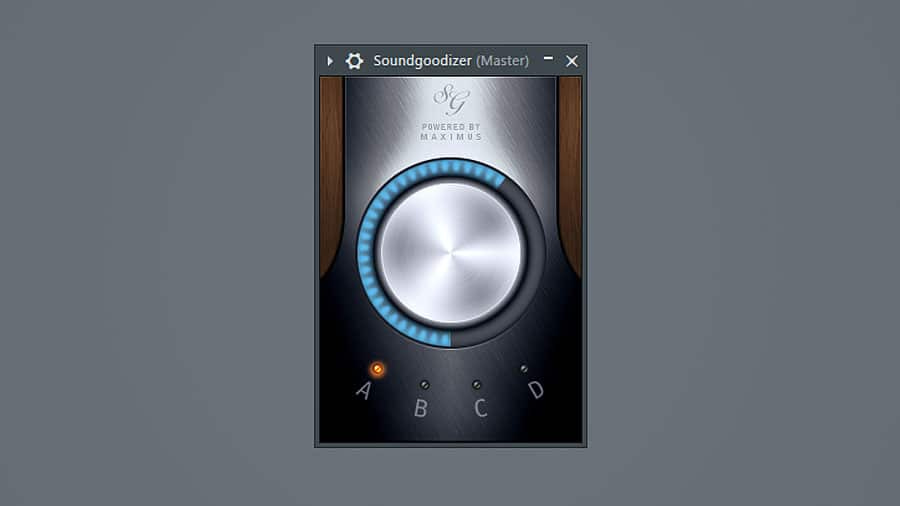Does The SSL Compression Trick Work On Any Compressor?
This neat compression trick is widely used on the SSL 4000 Compressor, but we're gonna apply it to the compressor that we have.
What’s up Forum,
Can you directly apply the techniques used on the SSL console to get great punchy-sounding mixes with any plugin?
I believe that you can,
Now of course I don’t have an SSL G series console lying around for comparison, so we’ll just have to accept the results for what they are.
But even without the gear, our ears have been used to hearing some of these compression styles, even outside of music not mixed on SSL boards or with Their Duende line of plugins.
Now why does this even matter?
There seems to be an entire sect of the MPC community that is completely focused on the conversion process of digital audio to analog audio. I think the group is really looking for something like this :
While reasonable to think that paying over $1k for a sampler would demand the sampler to have some unique sonic quality, Im a huge proponent of two things.
use what you’ve got and be glad you’ve got that
If the thing makes your tracks sound good by itself, imagine what someone who knows what they’re doing can create with it.
The focus on “analog sounds better” or “what converters are in the new MPCs” even the whole, companies are lying to us, etc. is completely garbage and uninformed.
A lot of mix engineers have transitioned from analog gear and copied their mixing techniques from their outboard gear to their virtual counterparts and are successfully combining both worlds when needed.
and we all know the digital sound domain is clearly not the same as analog, however, you can still get great results using proper skills that result in punchy, loud, full mixes.
So, using what I have, I applied some of these techniques, especially the ‘SSL 4000’ compression technique to the AIR Channel Strip which has a similar signal flow to the SSL.
Here is a brief video on the trick, There are several out there however this is the one I based my experiment on.
For those without ten minutes to watch, essentially you’ll start with a somewhat neutral compressor.
Since we’re not working with an actual SSL emulation, we’ll want to set your release settings to about 400ms and your attack either as fast as possible OR about 15ms.
I prefer a bit of both depending on the source, for vocals and instruments I’m looking for a fast attack, drums I’ll use a little slower attack to let the transients pass through. Try not to go above 30ms.
Next, take your threshold and set it to about -20dB
adjust your ratio to 1:1 so that whatever passes through the compressor is not affected.
Now as you play your audio, start to increase your compressor ratio until you’re achieving about -6dB to -10dB of compression.
I know the original trick is kindof locked in at -6dB, however, use your ears for this stage as well you may be going for a little more compression based on the source.
Finally, let’s level-match your output to match the source and do a little A/B comparison.
What you should find is a more punchy, in-your-face-sounding sound.
I love what the AIR channel strip does with the stereo image/spacing in the source. the sounds are more percussive and in your face and seem to fill up more of the stereo field.
You can try this ‘trick’ or technique with your favorite compressor AND it works pretty much on any source..
BONUS GAME
I saw this video on adding width to a mix with just two plugins.. Well, kindof..
In the analog domain, harmonic distortion and crosstalk are really the magical elements that give analog a slight sonic advantage over digital. These harmonic excitements and imperfections are pleasant on the ears so when needed, we can use them as a subtle mix tool.
Most of the time we’ll reach for a distortion plugin to add some character to a sound, however, distortion is a very powerful mix tool for several different reasons.
Distortion sounds good.
Distortion adds harmonics which help our brains locate sounds easier.
Distortion can add a bit of glue to a mix
Distortion can tame transients to an extent
Distortion can improve the stereo image.
so using a little bit of magic IE skill, we can accomplish a few things at once with just a bit of distortion before our compressor
That’s right, BEFORE!
unlike a guitar pedal, we’re not looking to even out the sound ior change the tone, this is MIXING..
on an analog mixing console, the signal would have been run through multiple transistors and/or capacitors before reaching the final bus compressor. So placing a distortion or saturation plugin before your compressor (or even on your channels) can give the effect of mixing on a large console.
I love the AIR Creative FX collection and use AIR Tube drive but you can place any saturation plugin before your 2-Buss compressor and it should still do the trick.
Try not to ‘drive’ the signal per se, just use enough saturation to bring the sound forward without too much harmonic noise..
Here are the settings I use for Air Tube Drive.
Remember, a great mix isn’t made just because you used the converters on the MPC3000, transistors on the SSL board or these nifty tricks I’ve shown you here.
All of these tips are tools in your arsenal to use when you need them, and ONLY when you need them, not just because you can. Thats the quickest way to muck something up.
SOVL







